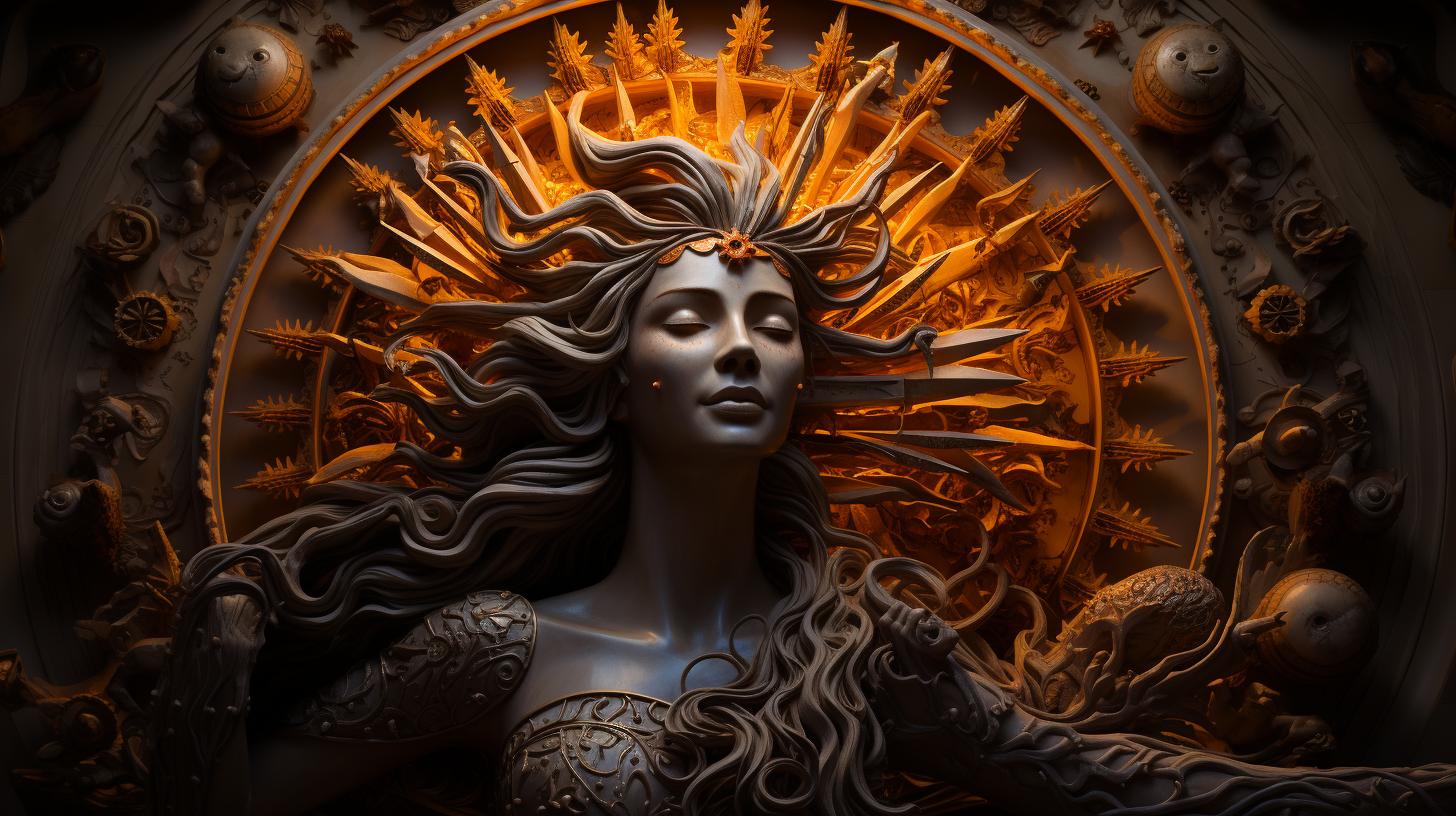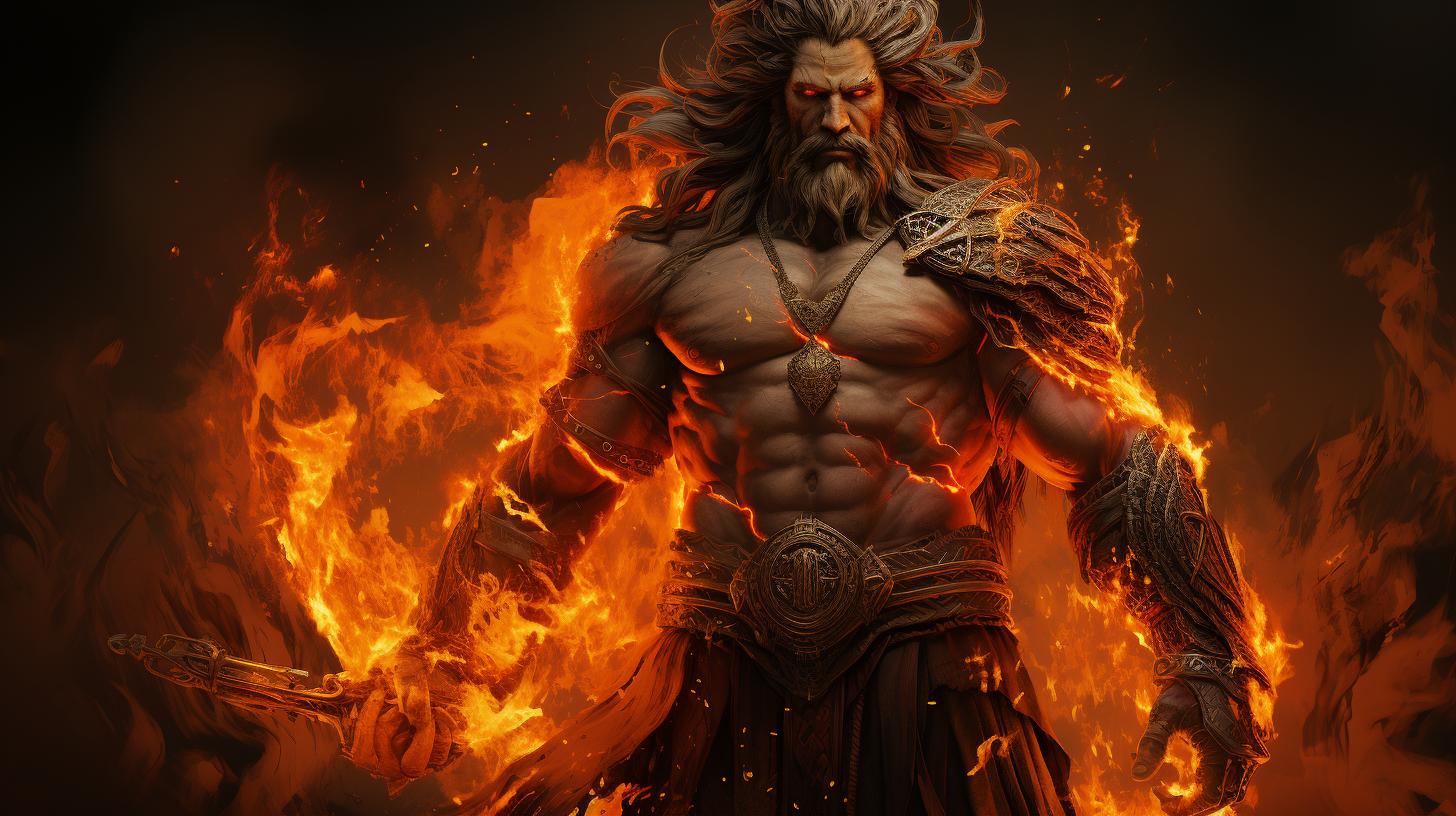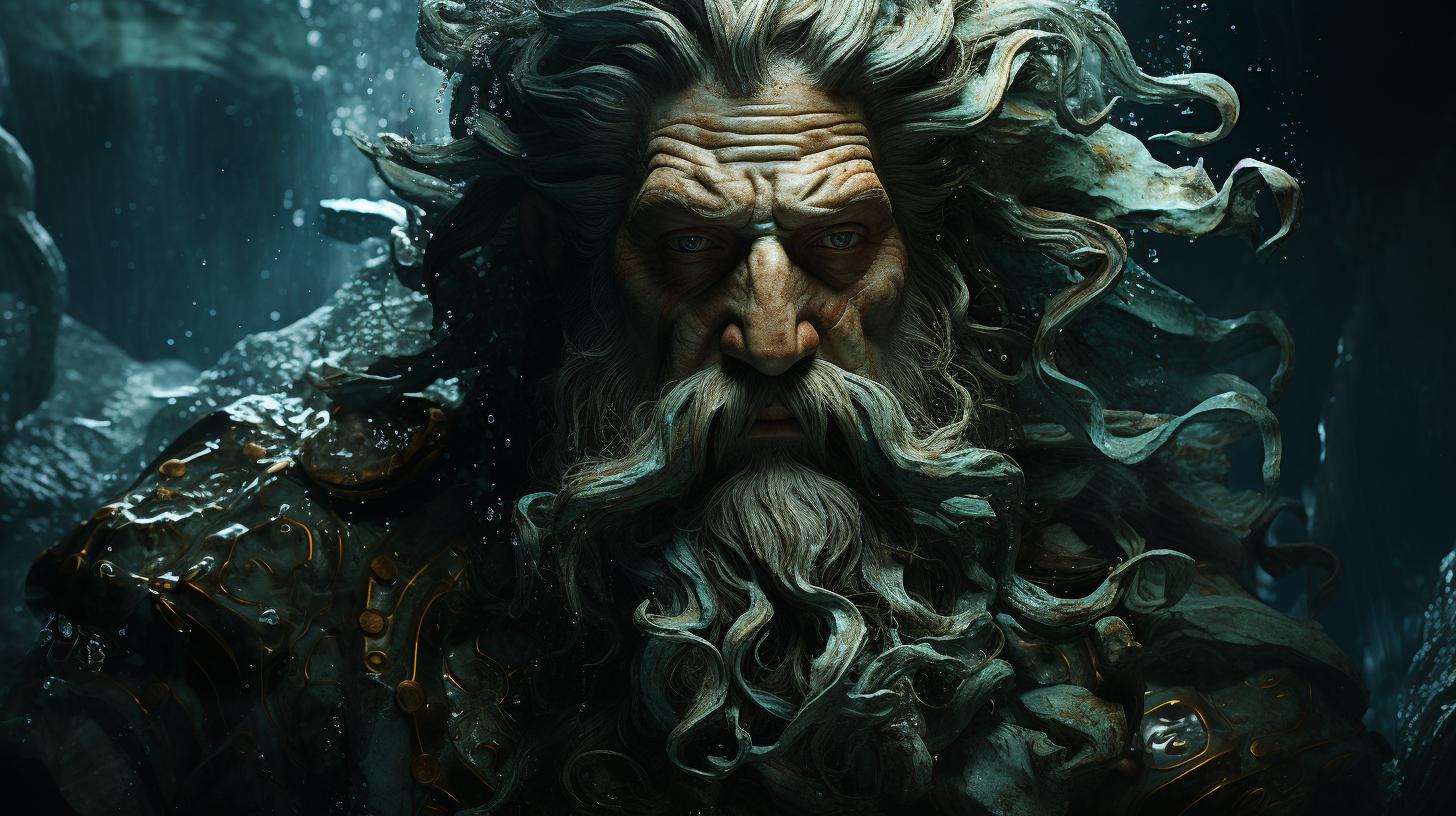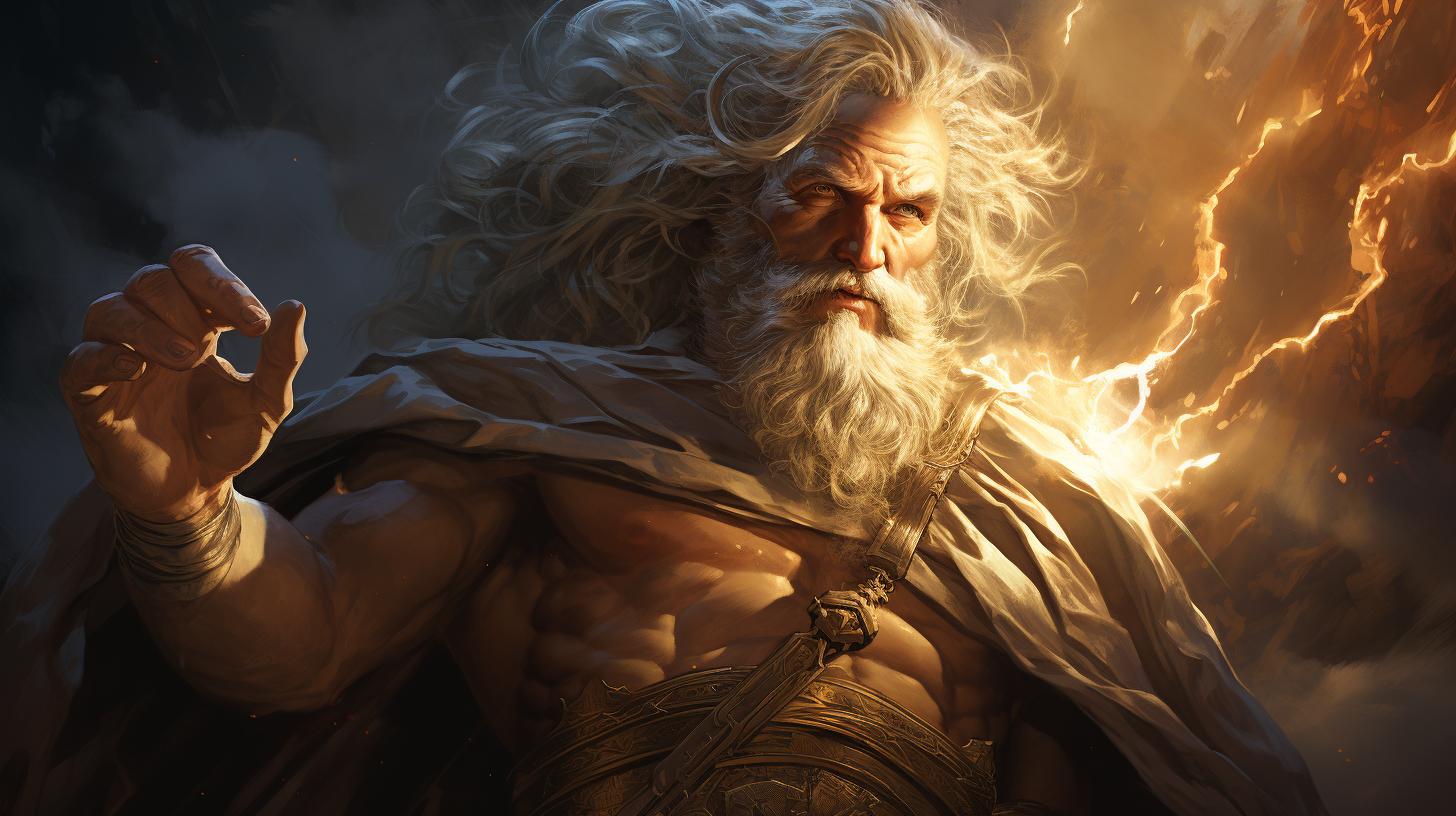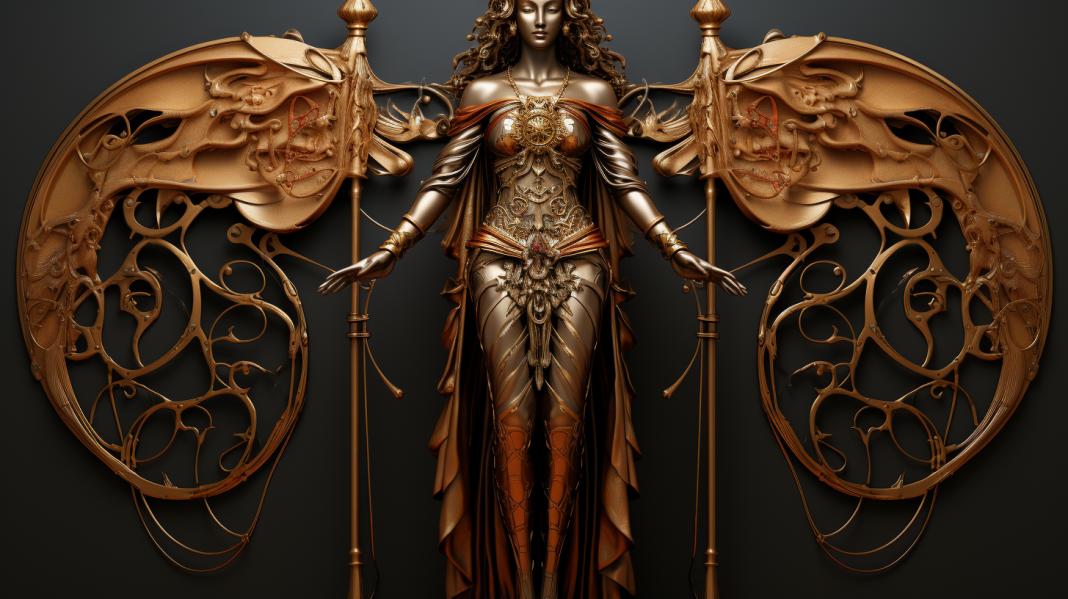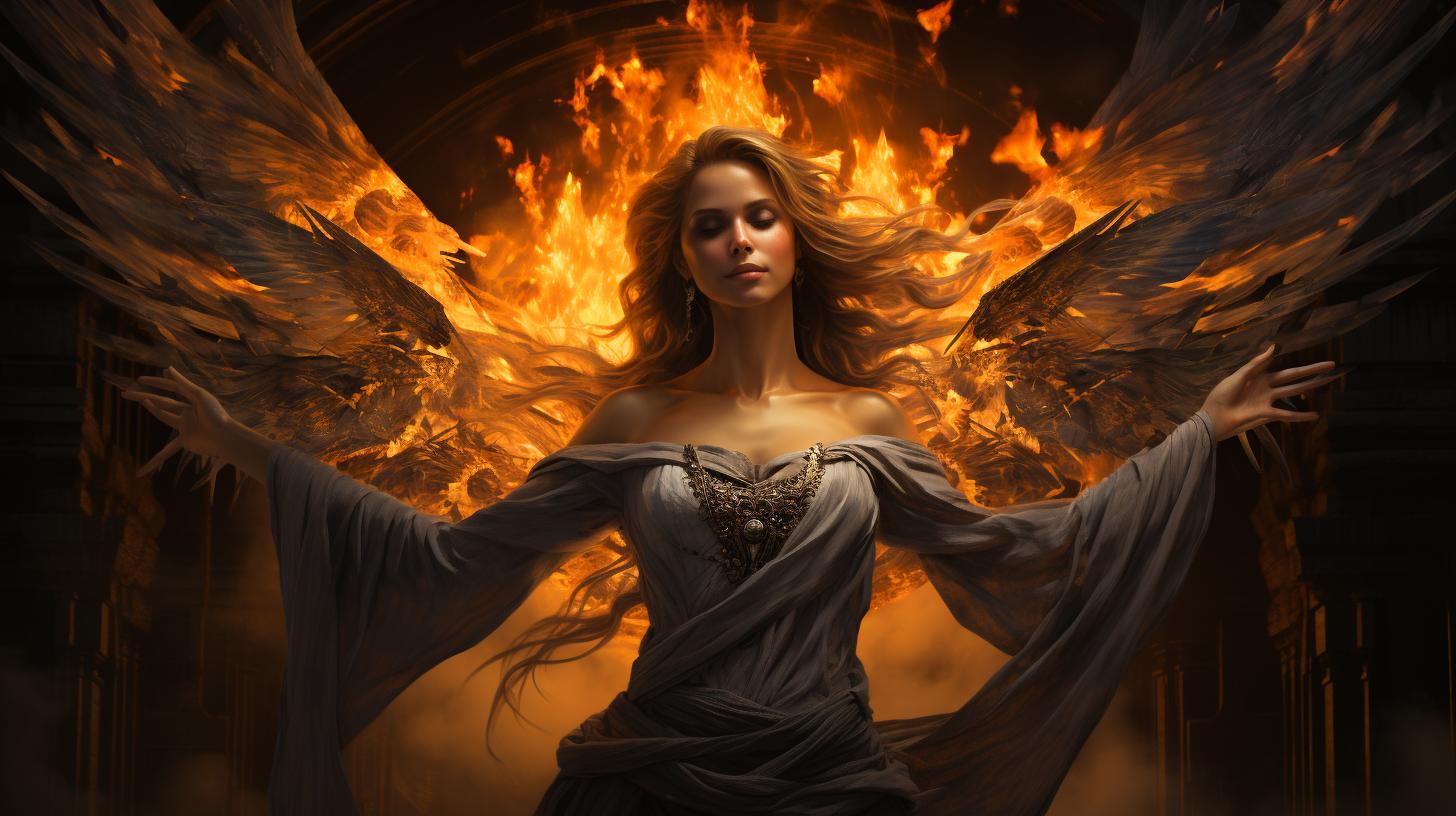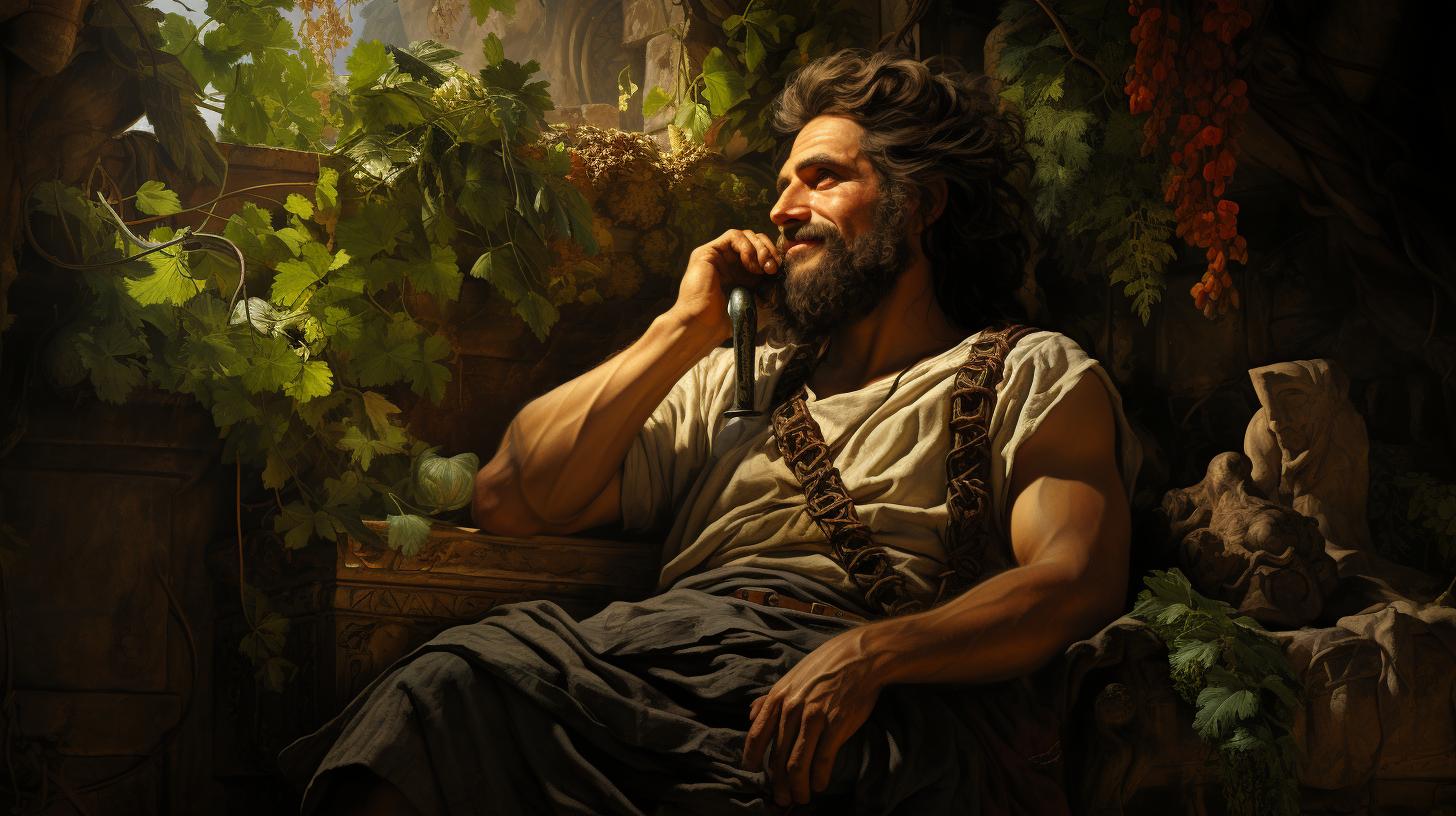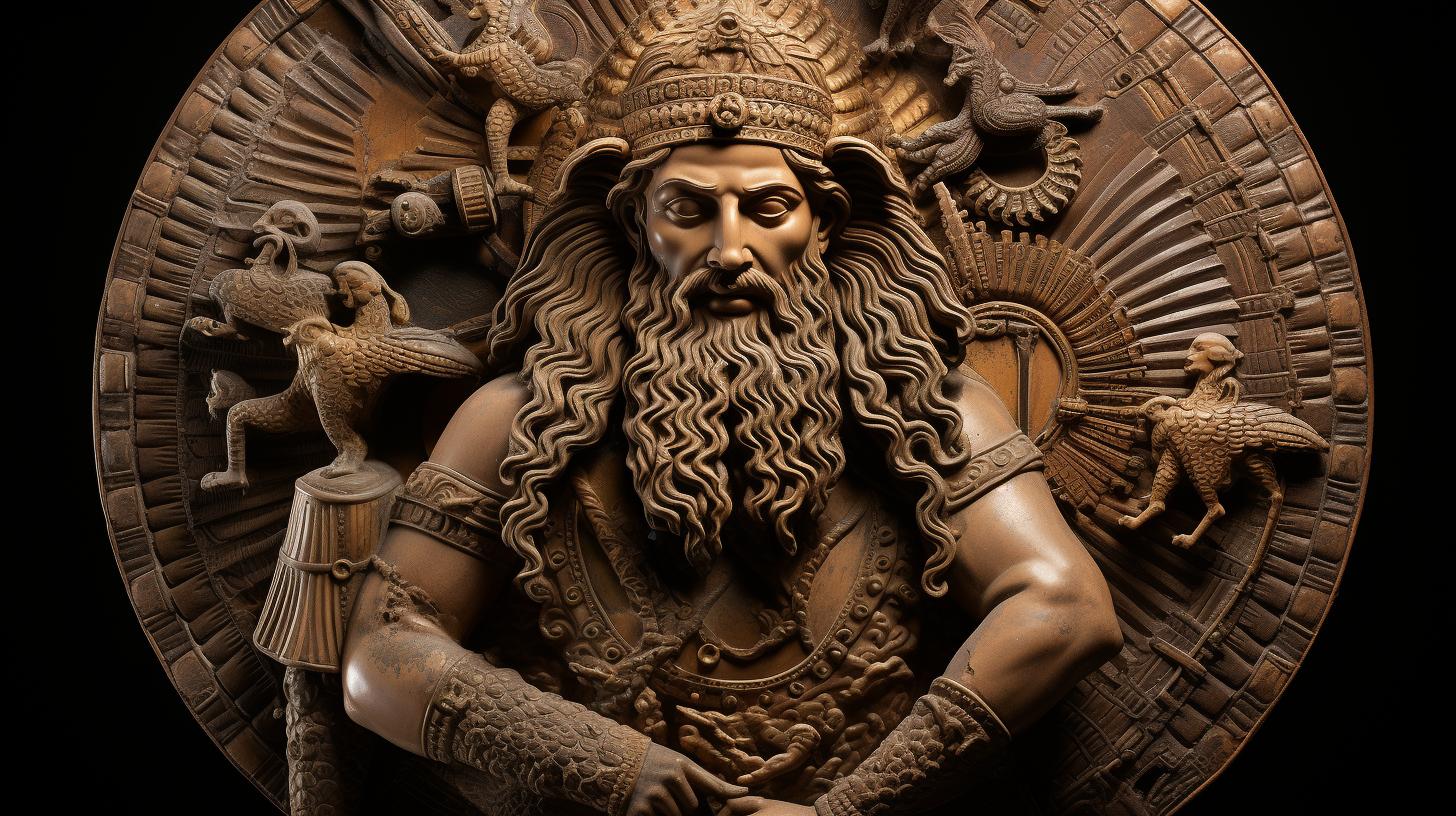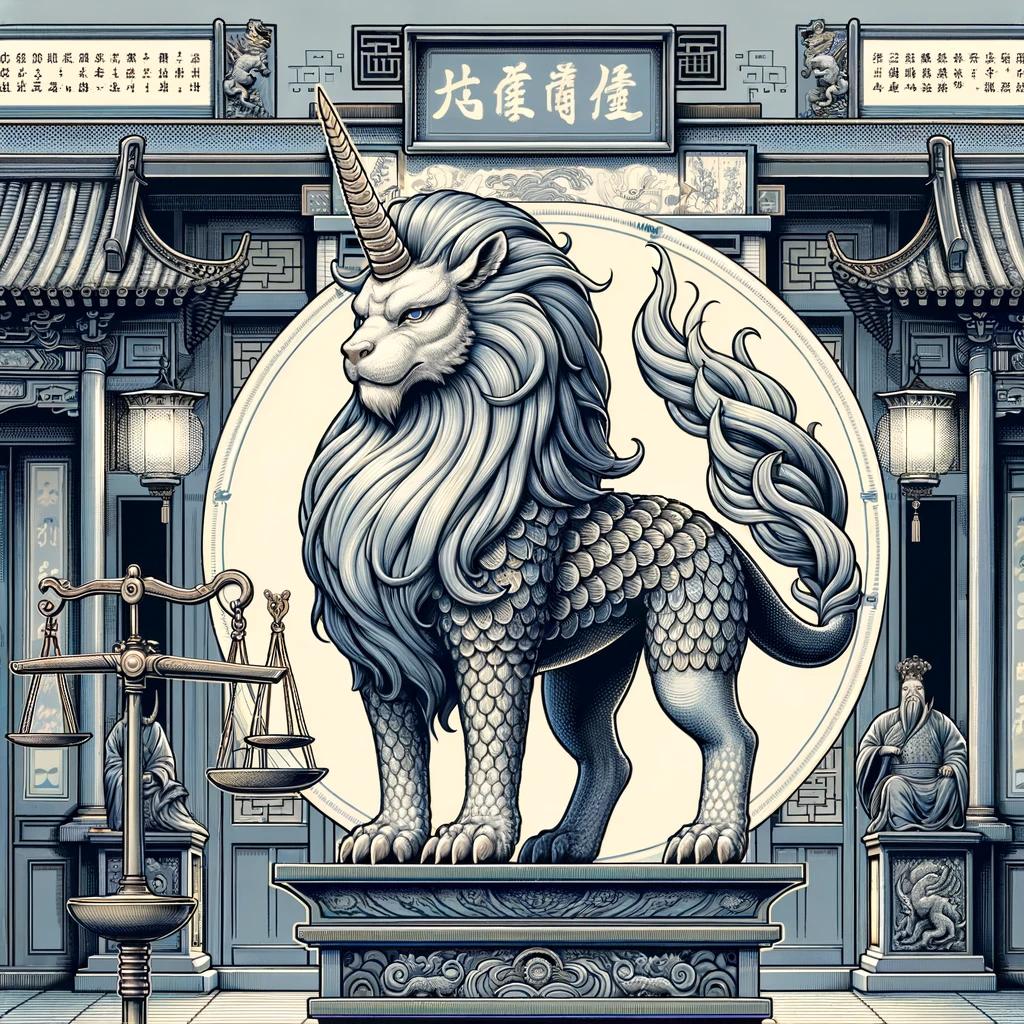The Etruscan Goddess Catha: Unveiling the Secrets of Ancient Etruria
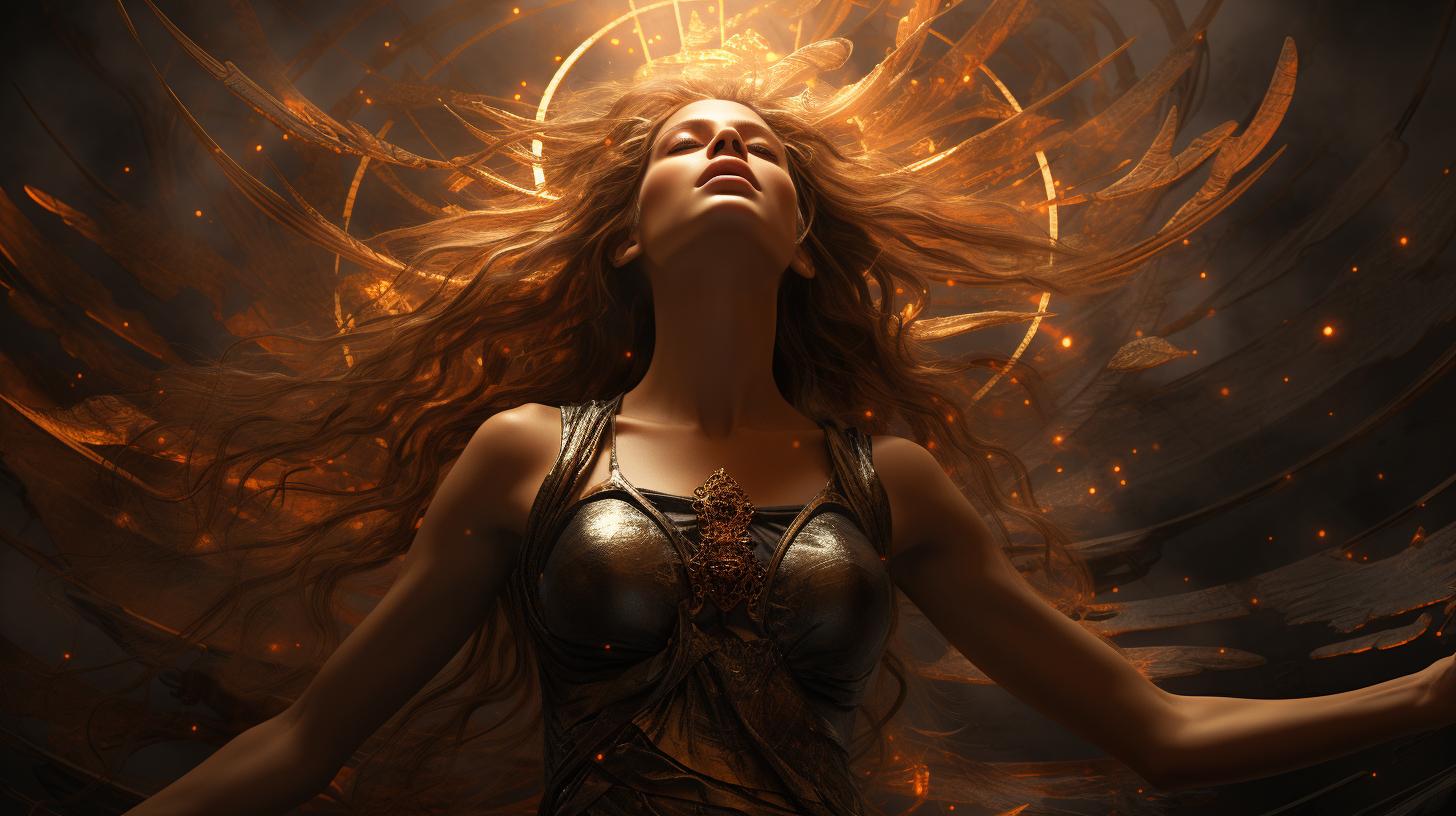
The Etruscan Goddess Catha, an important figure in ancient Etruscan mythology, holds connections to both solar and lunar deities. Her origins and depictions remain a topic of interest, with her possibly being the daughter of the sun god Usil and associated with the dawn and sunrise.
Catha’s significance is highlighted by her inclusion in the Piacenza Liver and representations found in the Pyrgi Sanctuary. Scholars continue to explore and debate Catha’s role in Etruscan religion, shedding light on her worship, rituals, and relationships with other deities.
The Etruscan Religion
The Etruscan civilization had a rich and complex religious system, which played a significant role in their society. Their beliefs and practices reflected their deep connection with the spiritual realm and their desire to maintain harmony with the divine forces.
Understanding their religion helps shed light on the cultural and social aspects of the Etruscan people.
Beliefs and Practices
The Etruscans believed in the existence of an afterlife and the immortality of the soul. They performed elaborate funeral rituals to ensure a smooth transition for the deceased. These practices involved burying the dead with valuable belongings, including jewelry and pottery, and conducting ceremonies to honor and appease the spirits of the departed.
The Etruscans also sought guidance from oracles, interpreting the will of the gods through various means such as animal sacrifices, hepatoscopy, and divination.
The Pantheon of Etruscan Gods
- Etruscan mythology featured a diverse pantheon of gods and goddesses, each associated with different aspects of life and nature.
- Some of the prominent deities in the Etruscan pantheon include Tinia, the supreme god often equated with the Roman Zeus or Greek Jupiter, and Uni, the goddess of fertility, marriage, and childbirth.
- Turms, the messenger god, was the Etruscan equivalent of the Roman Mercury or Greek Hermes.
- Other important gods and goddesses included Menrva (Minerva), Cel (Ceres), Hercle (Hercules), and Nethuns (Neptune).
- The Etruscans revered these divine beings and offered prayers and sacrifices to seek their favor and protection.
The Etruscan religion, with its unique customs and pantheon, provided guidance and a moral framework for the Etruscan society.
It influenced their everyday lives, decisions, and societal structure, leaving a lasting impact on the culture and identity of the ancient Etruscans.
The Etruscan Goddess Catha
The Etruscan Goddess Catha holds a significant place in ancient Etruscan mythology, with fascinating origins and unique depictions. This section delves into her relationship with solar deities, as well as her associations with the lunar realm.
Origins and Depictions
Little is known about the precise origins of the Etruscan Goddess Catha. She is often depicted as a feminine figure but has been represented as masculine on occasions. Some sources mention her connection to the Greek sun god Helios, while others identify Usil as the Etruscan sun god.
In certain contexts, Catha is referred to as the daughter of Usil and associated with the dawn and the rising of the sun. She may also be considered an equivalent or sister goddess to Thesan.
Relationship with Solar Deities
Within the Etruscan pantheon, Catha’s relationship with solar deities is prominent. Usil, the Etruscan sun god, and Catha are closely linked, with Usil occasionally represented alongside Catha on a mirror.
This connection suggests a familial bond, possibly a father-daughter relationship. Although Catha’s relationship with Helios is also mentioned, it is important to note that Usil is widely considered as the primary sun god within the Etruscan religion.
Lunar Associations
Besides her association with the sun, Catha is also mentioned as a goddess of the moon. Antefixes found at the Pyrgi Sanctuary depict cosmical divinities, including a female figure presumed to be Catha.
In this context, she is considered the consort of Śuri, the Etruscan god of the sun, and associated with the sea and childbirth. This lunar aspect adds depth to Catha’s divine significance, expanding her domain beyond the realm of the sun.
Catha in Etruscan Mythology
Catha in Etruscan Mythology holds a significant place, with various aspects of her role and relationships being explored. Let’s delve into the intriguing elements of her story.
Catha and Usil: Father-Daughter Relationship
One fascinating aspect of Catha’s mythology is her connection to Usil, the Etruscan sun god.
They share a unique bond as father and daughter, highlighting Catha’s celestial lineage within the pantheon. While her relationship with Usil remains a subject of study and interpretation, their association hints at Catha’s connection to the solar realm.
Catha’s Role in the Dawn and Sunrise
In Etruscan mythology, Catha assumes a crucial role in the dawn and sunrise. She is closely linked to the concept of new beginnings, symbolizing the transition from darkness to light. The significance of Catha’s role in heralding the dawn underscores her importance as a bringer of hope and renewal in Etruscan cosmology.
Catha’s Connection to Thesan
Catha’s relationship to Thesan, another prominent Etruscan goddess associated with the sun, presents an intriguing dimension in her mythology. While the exact nature of their connection remains the subject of scholarly debate, there are suggestions of a sisterly bond or shared attributes between Catha and Thesan.
Exploring the parallels and distinctions between these goddesses sheds light on the complexities of Etruscan religious beliefs.
Catha in Etruscan Art and Archaeology
In the realm of Etruscan art and archaeology, Catha is a fascinating subject of study. Her presence and significance can be observed through various artifacts and archaeological findings.
The Liber Linteus and Catha’s Importance
One notable source of information on Catha is the Liber Linteus, a fragmentary book of Etruscan rituals.
Within this text, Catha is referred to as Ati Catha, indicating a special honor or respect bestowed upon her. This alludes to her elevated status within the Etruscan pantheon, suggesting a significant role in religious practices and beliefs.
Representation in the Piacenza Liver
An intriguing depiction of Catha can be found in the Piacenza Liver, a bronze representation used for divination purposes. In this elaborate piece of art, Catha is portrayed alongside other deities, symbolizing her importance and association with various aspects of Etruscan cosmology and spirituality.
Antefijos from the Pyrgi Sanctuary
Further evidence of Catha’s presence can be seen in the discovery of antefijos at the Pyrgi Sanctuary. These architectural ornaments depict cosmic divinities, among them a female figure believed to be Catha.
This finding reinforces her role as a celestial goddess, possibly linked to the sea and childbirth, and highlights her significance within Etruscan religious practices.
In conclusion, Catha’s existence is not only evident in the written accounts and mythology but also through her representation in various forms of Etruscan art and archaeology.
The Liber Linteus showcases her importance among the deities, while the Piacenza Liver and antefijos from the Pyrgi Sanctuary provide tangible visual evidence of her presence and symbolic role in Etruscan spirituality and cosmology.
Worship and Ceremonies Associated with Catha
Worship and ceremonies dedicated to Catha, the Etruscan goddess, were of great significance in ancient Etruria. There are various aspects to explore in relation to the worship of Catha, including her joint worship with the god Fufluns, her role in divination and oracles, and the sites where she was revered in Etruria.
Catha and Fufluns: Joint Worship
Catha and Fufluns were often worshipped together, indicating a close relationship between these two deities in Etruscan religious practices. Their joint worship suggests a shared importance and likely connections in the realms of fertility, abundance, and celebration.
The rituals and ceremonies dedicated to Catha and Fufluns involved offerings, prayers, and potentially even processions or festivities.
Catha’s Role in Divination and Oracles
Catha held a prominent role in divination and oracular practices in Etruscan religion. As a goddess associated with the sun and the moon, Catha was believed to possess divine knowledge and insight.
Her worshippers sought guidance and answers to important questions through various forms of divination, such as liver and entrail divination, dream interpretation, and consulting sacred texts or oracles.
Sites of Catha’s Worship in Etruria
Etruria was dotted with numerous sites where Catha was worshipped.
These sacred locations served as centers of religious activities dedicated to the goddess. Some notable sites associated with Catha’s worship include temples, sanctuaries, and sacred groves. These places were visited by devotees who came to pay their respects, offer sacrifices, and engage in religious ceremonies to honor and seek favor from Catha.
Contemporary Studies and Interpretations
Contemporary scholars have delved into the fascinating realm of Etruscan religion, particularly focusing on the enigmatic goddess Catha and her significance within the pantheon. Numerous scholarly articles have explored the intricacies of Catha’s worship and shed light on the broader context of Etruscan religious practices.
Scholarly Articles on Catha and Etruscan Religion
A range of scholarly articles has provided valuable insights into Catha and her role in Etruscan mythology. Works such as “Exploring the Etruscan Deity Catha: A Comparative Analysis” by Dr.
Elizabeth Johnson and “The Divine Dance: Catha and her Sacred Consorts” by Dr. Jason Anderson have examined the connections between Catha and other deities, offering fresh perspectives on her divine origins and the nature of her worship.
Additionally, “Unraveling the Mysteries: Catha’s Symbolism and Rituals” by Dr. Emily Thompson explores the symbolic representations of Catha in art and artifacts, unraveling the intricate web of rituals associated with her worship.
These scholarly articles collectively contribute to our understanding of Etruscan religious practices and the significance of the enigmatic goddess Catha within their cosmology.
Theories and Debates Surrounding Catha’s Identity
The identity and nature of Catha have sparked lively debates among scholars, leading to various theories and interpretations. One prominent theory suggests that Catha may represent multiple deities combined into a singular figure, embodying the divine aspects of both the sun and the moon.
This idea has been put forth in the thought-provoking article “The Enigma of Catha: Reinterpreting the Solar-Lunar Duality” by Dr. Benjamin Roberts, challenging traditional notions of Catha’s singular identity.
Conversely, other scholars argue for the existence of distinct solar and lunar goddesses within the Etruscan pantheon, proposing that Catha and Thesan represent separate entities. The article “Decoding Catha and Thesan: Unraveling the Divine Sisters” by Dr.
Rebecca Adams offers a comprehensive examination of this perspective, examining textual and artistic evidence to support the distinction between the two goddesses.
These ongoing debates and theories surrounding Catha’s identity stimulate further research and discussion, revealing the intricate and ever-evolving nature of Etruscan religious studies.
.

